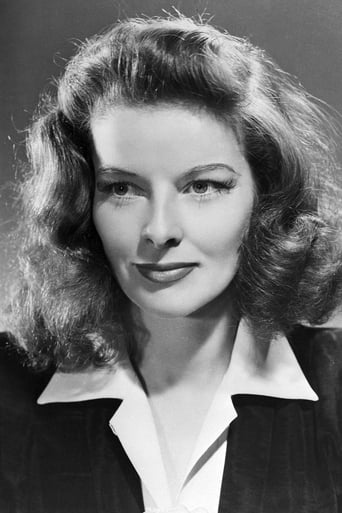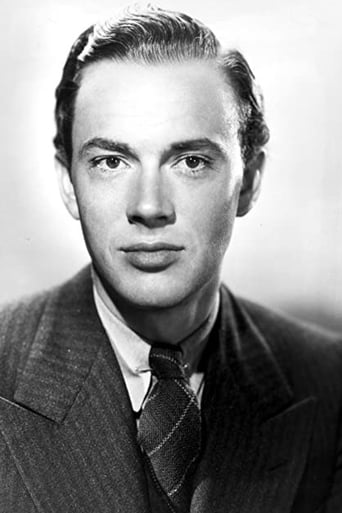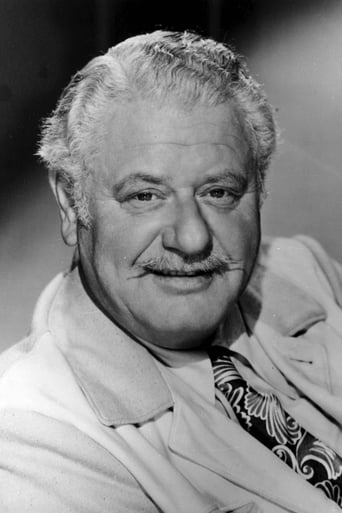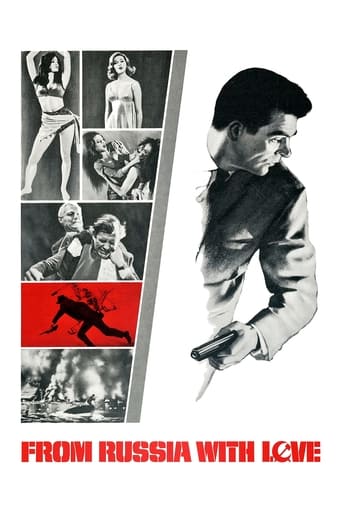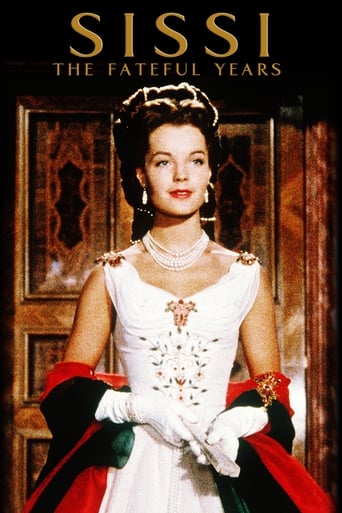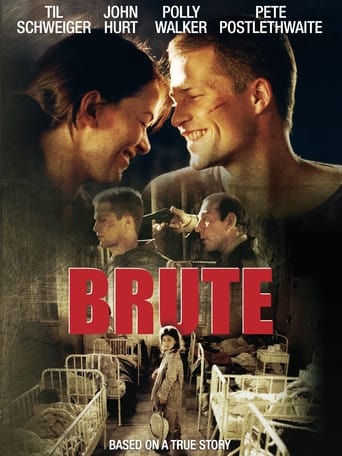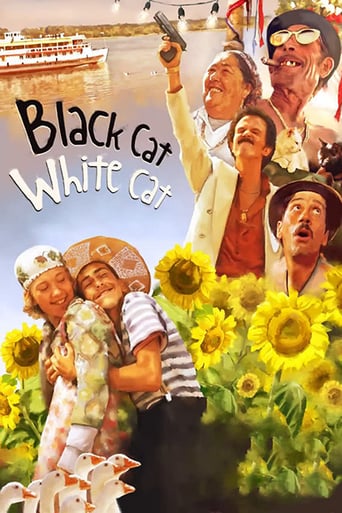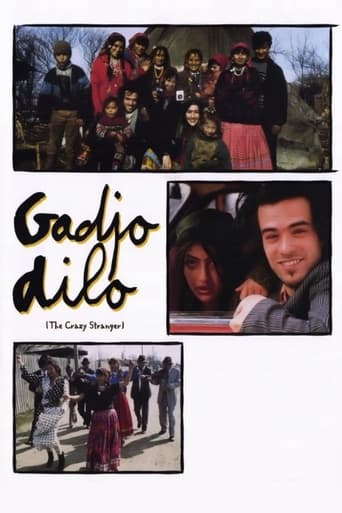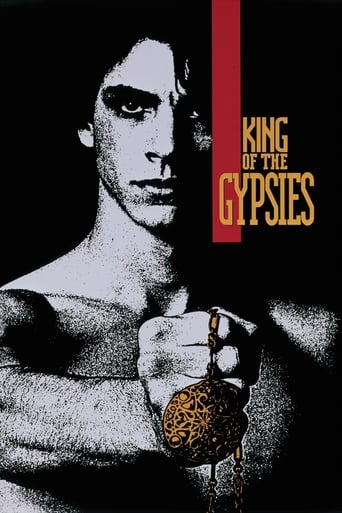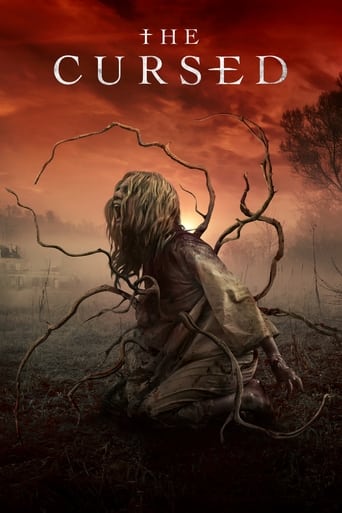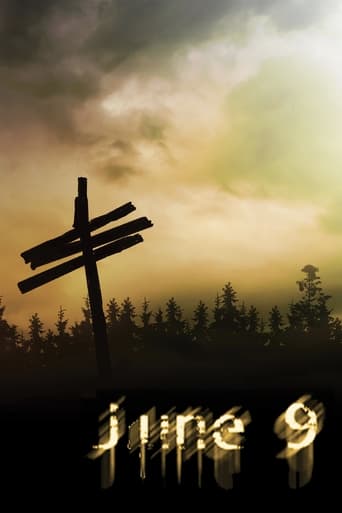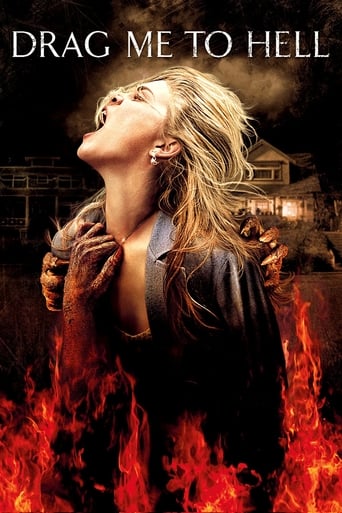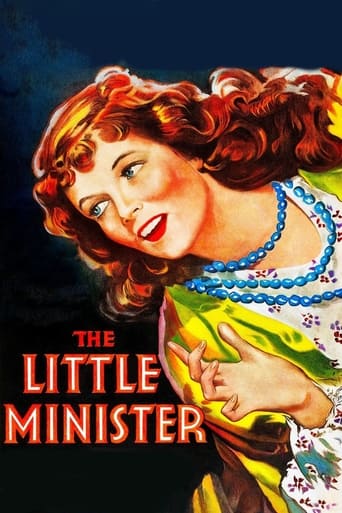
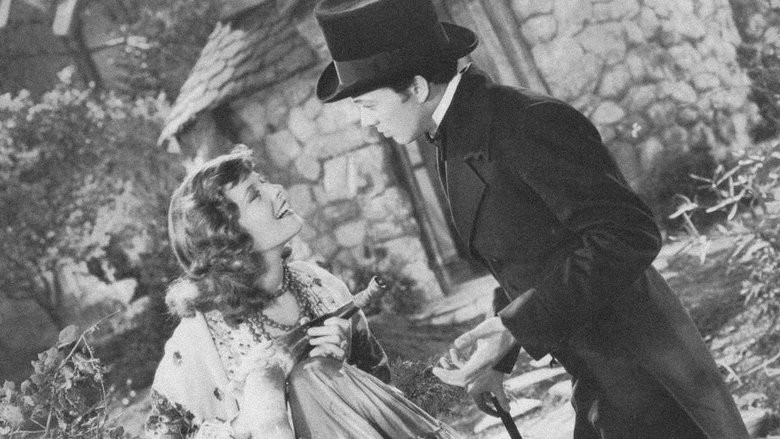
The Little Minister (1934)
The stoic, proper Rev. Gavin Dishart, newly assigned to a church in the small Scottish village of Thrums, finds himself unexpectedly falling for one of his parishioners, the hot-blooded Gypsy girl Babbie. A village-wide scandal soon erupts over the minister's relationship with this feisty, passionate young woman, who holds a secret about the village's nobleman, Lord Milford Rintoul, and his role in an increasingly fractious labor dispute.
Watch Trailer
Cast


Similar titles
Reviews
THE LITTLE MINISTER (RKO Radio, 1934), directed by Richard Wallace, stars Katharine Hepburn in her sixth feature film. Following her offbeat performance as a hillbilly girl in SPITFIRE (1934), Hepburn was brought back to formula material that suited her best – a period piece costume drama the studio hoped that would equal or surpass her remarkable performance as Jo March in LITTLE WOMEN (1933). As much as a sequel to LITTLE WOMEN might have been evident for Hepburn, interestingly enough, a sequel, titled LITTLE MEN (Mascot Studios, 1934), did get made, but for another studio casting Erin O'Brien-Moore as the new but married Jo. So another "Little" story was selected, THE LITTLE MINISTER by James M. Barrie, author whose best known work being, "Peter Pan," a title character that Hepburn might have excelled had anyone ever thought of that particular possibility, but then again ...Opening title: "The year is 1840 – Our story is laid in the little unweaving town of Thrums in Scotland at a period where life was still simple." The story opens with the Scottish villagers of Thrums awaiting for the arrival of the new minister. The minister, Gavin Dishart (John Beal) comes out of the carriage with his mother (Beryl Mercer) to meet with Mr. Carfrae (Herbert Bunston), the old minister now entering retirement, and settle into his home of many years at the nearby church. During his first sermon, Gavin earns respect from the congregation by standing up against the tough drunkard, Rob Dow (Alan Hale), whom he later guides to a better life against drinking and becoming a better father to his young son, Miscah (Billy Watson). Hearing someone singing on the Sabbath, Gavin goes to the woods to investigate, meeting with a gypsy girl (Katharine Hepburn) to read her the sheriff's warning sign of proclamation, thus her laughing it off and running away. Later the gypsy girl, Barbara, better known as Babbie, tricks the minister into sounding three blasts of the horn that, unknown to him, is to alert villagers of soldiers arriving to round up militant labor leaders. She also goes against the minister for his speaking out for peace by starting a riot against soldiers headed by Captain Halliwell (Reginald Denny), as well as passing herself off as the minister's wife to get past the head guard (Charles Coleman) ordered to have her arrested. Because Gavin is talked out of helping Doctor McQueen (Donald Crisp) from moving an old woman, Nanny (Mary Gordon), from her home and into the poor house, it is believed Gavin's involvement with Babbie, whose possible connection with Lord Rintoul (Frank Conroy), a member of nobility living with his sister, Evalina (Eily Malyon) in the castle on the hill, might disgrace him and lose his position as "The Little Minister." Not as well known as Hepburn's frequently revived LITTLE WOMEN, THE LITTLE MINISTER, which had gone through several prior screen adaptations in the silent era, two alone in 1921, proved to be a logical choice for the role of Babbie. The casting of stage actor, John Beal, in his third movie performance, might have paved the way for a new and uprising actor on the rise, but while Beal did star and co-star in numerous films over the years, including another with Hepburn in BREAK OF HEARTS (1935), assuming a secondary role to Charles Boyer's leading man status, Beal, not so little for the title role, simply failed to win any iconic stature of a Clark Gable or Tyrone Power. Yet, of all his movies, THE LITTLE MINISTER is qualified to be his best solely because he's its central figure in a major 110 minute motion picture. Overall, it's Kate Hepburn or followers of James Barrie's work to be the sole reason for watching this screen adaptation today.Others in the cast include Andy Clyde as Wearywood, the policeman who fails to get any respect and authority from the villagers; Lumsden Hare (Tammas Whammond); Dorothy Stickney (Jean); Harry Beresford (John Spens); and in smaller roles, Byron Foulger, E.E. Clive and Brandon Hurst. Aside from actors speaking with Scottish dialects, the feel of merry old Scotland is felt throughout with its scenery and frequent underscoring to traditional Scottish tunes.Distributed to home video dating back to the 1980s, and much later onto DVD from Turner Home Entertainment, THE LITTLE MINISTER did have frequent cable television revivals over the years, such as American Movie Classics prior to 2001, and Turner Classic Movies. Let's hope someday TCM will show the completed THE LITTLE MINISTER by restoring its closing cast credits normally presented on other cable networks and VHS, as it did with other RKO Radio TCM titles of THE GAY Divorcée (1934), THE TOAST OF NEW YORK (1937) and CAREFREE (1938). (****)
This is mainly interesting as an example of an early Hepburn role. In her later roles I've admired her immensely without much liking her. Here I could almost say the opposite - I liked her without much admiring her. She is very fetching in the role but there's little to indicate that here is the actress who will win the greatest number of Oscars ever awarded.The same could be said about the movie itself. It's likable but not much to be admired. The plot made no sense to me at all. How come in a small Scottish village a woman who'd been the ward of the local laird since she was a little girl and was now his fiancée could wander around without anyone recognizing her? And what in earth did she see in the new minister? He didn't seem the sort of man she'd fall for at all. As another reviewer has remarked, it would be difficult to visualize her taking an enthusiastic part in the meetings of the Auld Licht.As the film got near to its final denouement, I was virtually screaming at the TV "Just ask her to marry you and tell them you're engaged!" Of course that would have meant dumping the laird, but she didn't seem to have too much trouble in doing that in the end anyway.Afternote:In spite of my reservations about this movie, I was intrigued to know why there were so many film and TV versions of the story. This led me to read both Barrie's original novel and the later play. The Hepburn version is based mainly on the novel, and reading it makes a lot more sense of the plot. The novel was extremely popular when first published, and it's still a very good read if you're into that sort of thing. Barrie at first didn't turn the novel into a play because he didn't think there was any actress alive who could do justice to the character of Babbie, the "Egyptian". That was until he saw the American actress Maude Adams. He wrote the play specifically for her and it made her the most popular actress on the American stage. In the play the plot is considerably changed: Babbie is no longer a genuine gypsy who was made a ward of Lord Rintoul to whom she is now engaged. She is Lord Rintoul's daughter, Lady Barbara, and she is only playing at being a gypsy. Her father wants her to marry Captain Halliwell.I think it would have suited Hepburn more if the movie had followed the stage version instead of the novel. The play is a comedy while the novel is more of a serious romance. The movie somehow manages to pitch itself rather uneasily between the two.
Very rarely was Katharine Hepburn cast as the Scot she was by descent. Our most popular image of her was with that clipped Bryn Mawr accent, cool, elegant, and sophisticated. She only played two Scots in her life Queen Mary Stuart who if truth be told was more French than Scots and the gypsy waif in The Little Minister.This was certainly an unusual project for Kate requiring her to adapt a Scottish burr to her speech. She also plays the mysterious gypsy girl who stirs the elders of that Presbyterian congregation more than they realize. She certainly stirs the new minister in town, John Beal who's come to live there with his mother Beryl Mercer.In an odd way Kate's character of Babbe is like the ditzy heiress in Bringing Up Baby, wreaking havoc wherever she goes, but charming Cary Grant as she does John Beal here. If James M. Barrie had twisted the plot in a Somerset Maugham direction, Kate's Babbe could easily have been a Scottish Sadie Thompson. Turn that one over in your mind.But she's a lot more than she seems as Beal and the rest eventually find out. Beal does well as the earnest young man in his first parish, trying hard to do the right thing, but hormones just seem to be getting in the way. They'll do that. Good thing Kate was not a Sadie Thompson character.The Little Minister is based on a novel by James M. Barrie about an unfamiliar time for Americans. I'm sure the film did well in the British Isles for RKO where they would have been more familiar with the history and mores of the time. Still it's an unusual part for Katharine Hepburn, her devoted fans would be the first to agree.
Firstly, the characters are set at a time which is difficult for most to imagine or even understand in 2004 terms. "old style religion" actually did tend to be very much interested in the moral affairs of it's congregation, and particularly of it's minister. the film " how Green is my Valley" also shows a similar insight into the heavier attitudes of people to moral affairs. That gypsies have also not always been peoples favourite visitors is also well known. So when we meet up with a light and easy 'gypsy' in the shape of Katherine Hepburn we are instantly drawn to her (with an unknown playing the part we would have needed to be won-over). But in the early 1930's Hepburn was almost an 'unknown', but in 2004 we are already biased in her favour, and so we should, she's still learning her trade as an actress, and shows immense presence, wit, and is eminently enjoyable. The character of Gavin by contrast needed to be somewhat subdued and so it was that the film and it's characters are displayed to our enjoyment. For a film made when many were still learning how to make films, how to cast off the attitude that 'we are on stage', when cameramen and directors were making real entertainment based on a good story, fine acting, NO computer gimmicks it's one of those many 1930's in retrospect feel good movies that older folk can relate with.


